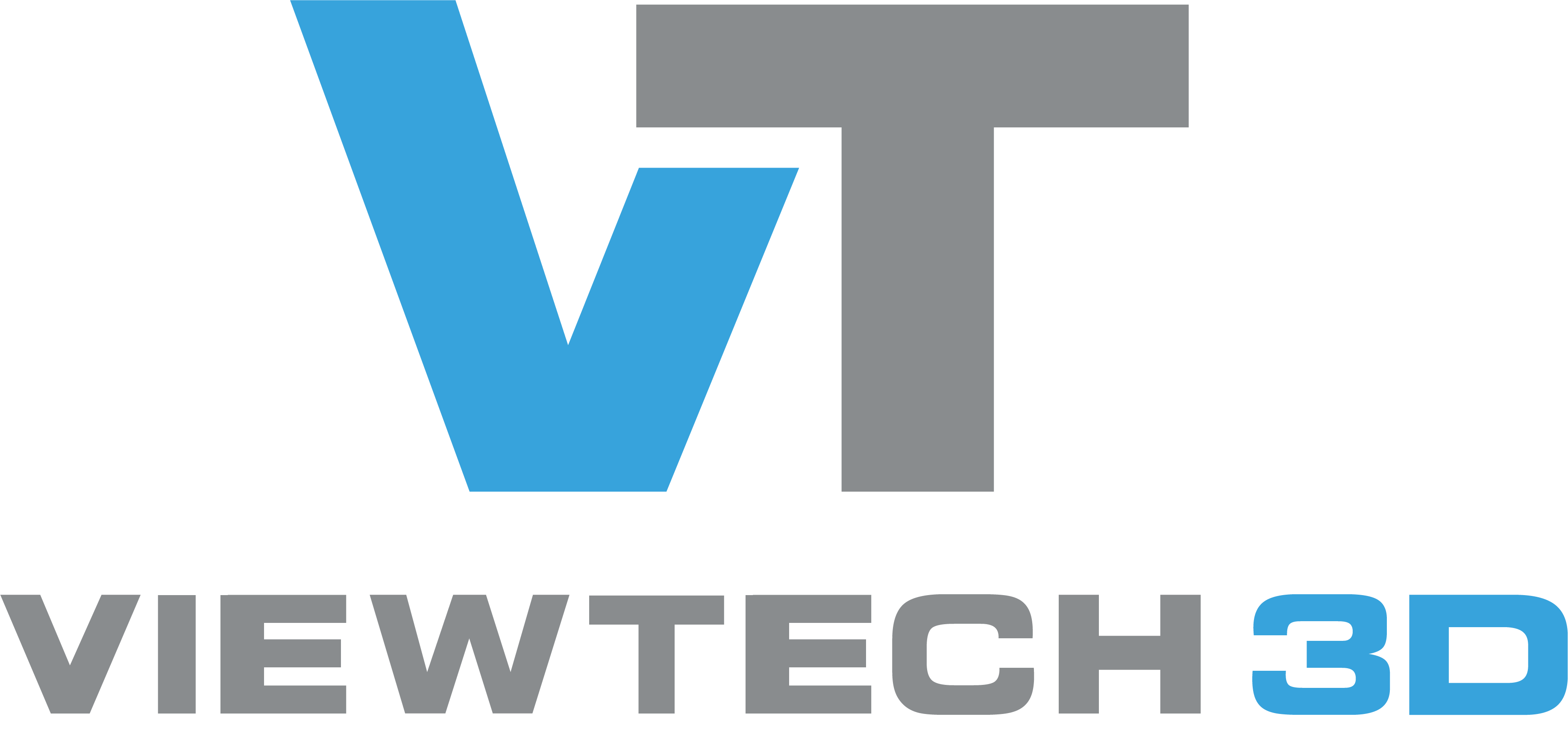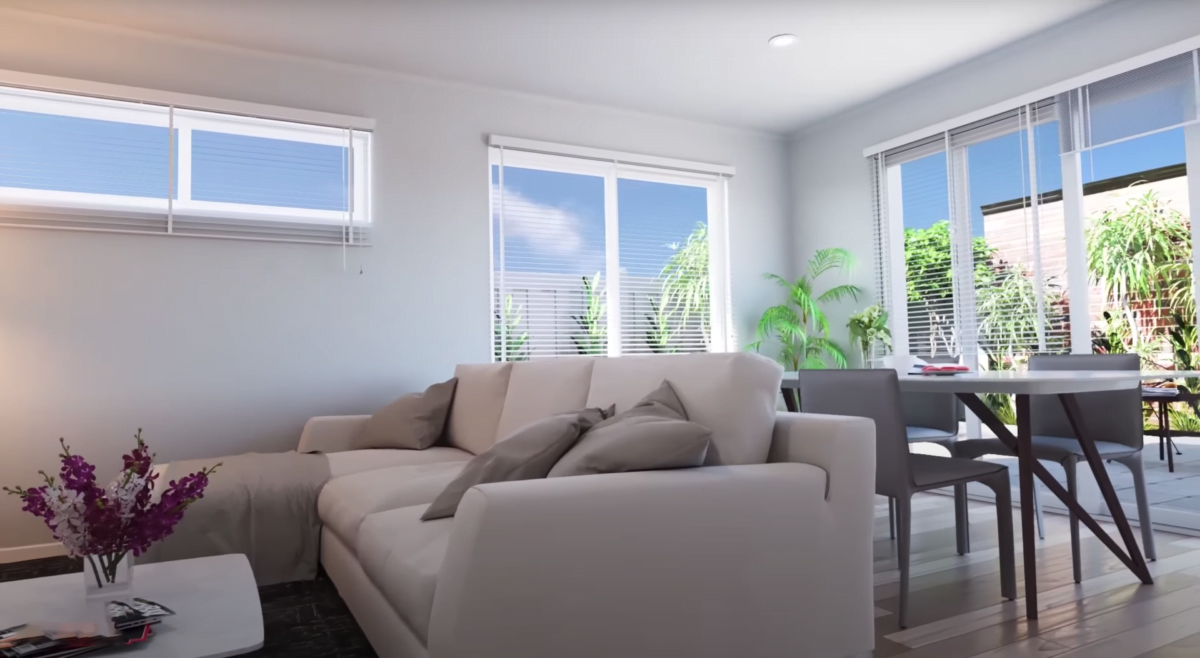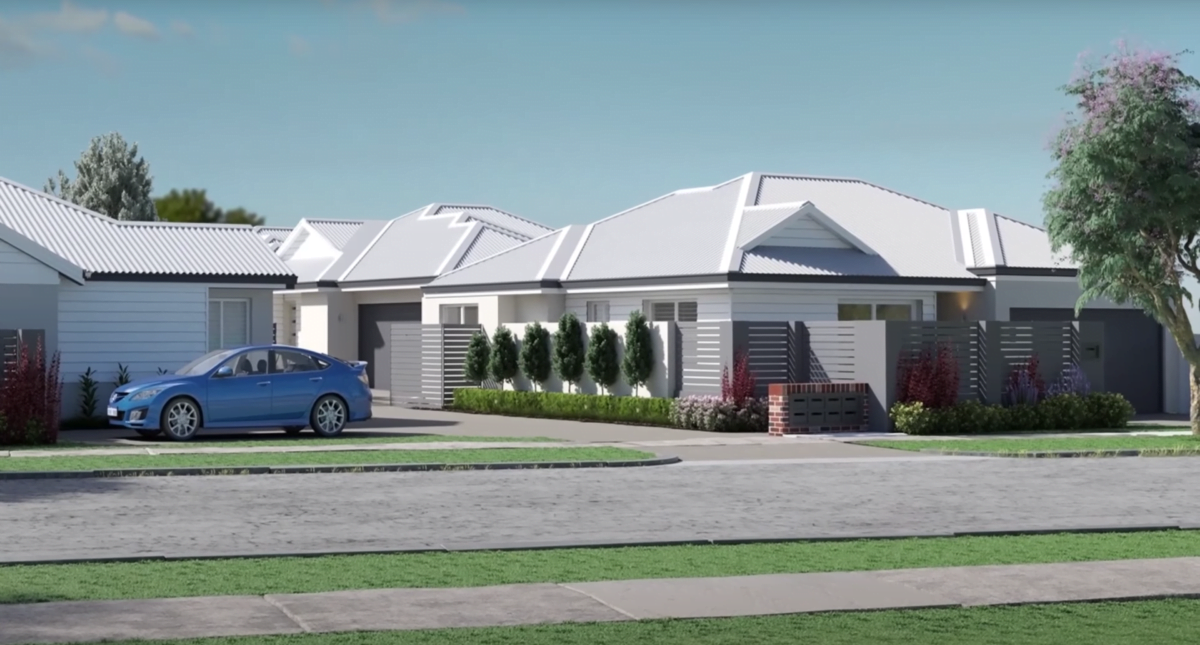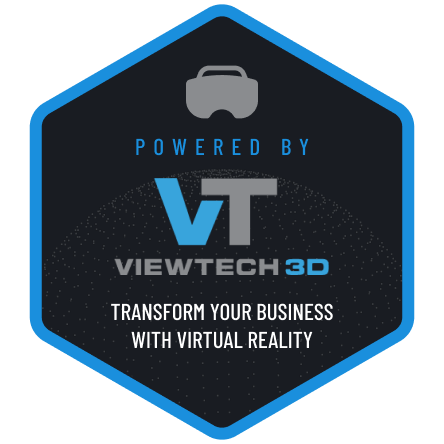First, what is virtual reality? VR gives the viewers an immersive and interactive experience to navigate through a virtual environment by using VR gadgets such as Oculus Rift or HTC Vive.
Technology has constantly been changing and it has been used across many industries including building and construction. Architects really exert their best when convincing potential clients, but how do they explain complex ideas and design to clients unfamiliar with architecture? Review design changes and client requests virtually before the build, saving you time and money. Let’s see how virtual reality applications can change an architect’s design idea.
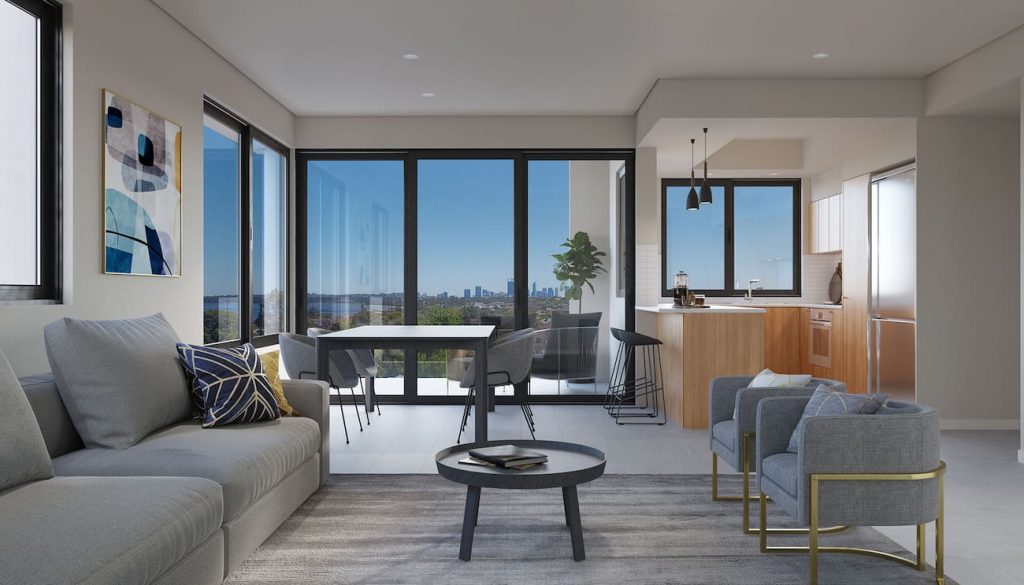
How exactly is VR used in architecture?
Virtual reality applications in architecture are beneficial as it helps with convincing the client. Using this technology, you will upgrade your experience to a new level that will make you seal the deal. In addition, you will be letting your clients experience what the building or structure would be like once finished. This would be a more innovative approach to persuade your client since you give them the chance to look and interact with the designs. VR is your shortcut to explaining even the most complex building design ideas.
You can now provide your clients with a guided tour and a more realistic representation of your designs using VR. It helps you build a connection with your clients because it is immersive and engaging. VR is a game-changer for architects.
Benefits of Utilizing VR Technology in Architecture
Today, this technology could be just a choice, but it may become necessary to stay on the top of your game in the future. Here are its different benefits:
Saves time
Explaining your idea can be time consuming, especially the most complicated ones. However, with VR, you can get them involved in the design process. In addition, you can make design changes and let your client review and make quick decisions and feedback. This means more time is saved with less revisions and quicker client approvals.
Get ahead of your competitors.
Interactive design visualisation can make you beat the competition. Project presentations can be persuasive; however, what if you can engage your clients in your architectural design’s virtual environment? It would become the point of difference.
Great investment
VR would be an excellent investment for any design business. It is very accessible; even if your client lives far away, you can still present the project online. VR technology just keeps innovating, and soon enough, it will become more interactive and engaging. Moreover, there will be augmented and mixed reality applications.
How to Start Using Virtual Reality for Architecture Design
As a starter, there’s no rush in purchasing the must-haves for your design team yet. Those can wait. For example, instead of buying expensive hardware, you can settle for a cheap VR headset first as it can offer immersive experiences too.
Here are some of the steps or factors you might want to know before diving into this engaging technology.
Know your goal
It is necessary to know what your goal is. Here are some guide questions to help you with your decision:
- How are you going to use it for marketing or design?
2. Are high-quality models necessary?
3. How engaging and interactive should they be?
Determining the purpose will help you with potential use cases. The level of investment will depend on what you are aiming to achieve and the required technology.
Ask for guidance
If you’re getting overwhelmed with all these details, you can always ask a professional about this. It is highly suggested to partner with software companies or architecture virtual services providers. They have enough knowledge to explain to you how a 3D environment can make your business grow well.
Deepen your knowledge about VR Terminologies
- Tracking: VR headsets have two different types of monitoring: inside-out and outside-in.
- Field of view: Field of view or FOV is how much of a user’s vision the VR display system can cover.
- Resolution: Depending on your headset resolutions, the higher it is, the more details will appear, resulting in a more realistic appearance.
- Tethered or Standalone: There are two main types of VR headset: tethered headset and standalone headset. Unlike a standalone headset, a tethered headset does not have a built-in processor, which means it should be connected to a PC.
Compare VR Headset brands.
You still have to know which brands suit you the best. Researching about each VR headset should be based on your team layout, budget, and usage. If you plan to have a permanent VR room, you can invest in HTC Vive Pro or Valve Index outside-in tracking headsets; however, if you want something that can be used anywhere and is a lightweight headset, Oculus Quest 2 is your go-to. Everything is a must-have! It’s worth your money.
Make sure you have space.
Starting with VR, it doesn’t have to be a large space, as long as you are comfortable. Office settings with a swivel chair and a desk would do. A swivel chair allows a full 360-degree rotation. However, if you want a full, room-scale VR experience where you can move around freely, a separate office with a minimum of 6′ x 6′ play space would do to achieve a full and comfortable range of movement.
How many architects are there that use VR?
A report from Digital Transformation Architecture states that 35% of the architects have used at least one form of mixed, augmented, or virtual reality, while 79% states adapting to the digital solutions for project improvements. These innovative and immersive technologies have been changing how architects work and how they improve the efficiency of construction projects and architectural practice. Also, according to the report, many have been enjoying the technology because it can give their clients enhanced and immersive experiences of the projects.
Different Ways Virtual Reality (VR) in Architecture is Applied
Representation of objects
Using VR technology, you will be able to generate representations of objects, fixtures, and fittings that look similar to reality. With this, architects can spot design problems and avoid them immediately, resulting in reduced costs.
Planning
Virtual reality is not just a technology you can look down on. You can integrate environmental data into virtual reality and let clients see what happens next. You can overlay within the project elements like sunlight or heat exposure. For example, you can show your client how sunlight would look in a room.
Collaboration
Design decisions are one of the challenges architects face. More decisions should be made if a project is vast. Getting all those stakeholders in a room simultaneously would be inefficient; thus, virtual reality is your solution. Everyone in the immersive environment will have a chance to engage and interact with the environment, resulting in more collaborative conversations.
Want to get started in using VR for architecture? Check out Viewtech3D
If you are just a newbie, and all this information could be intimidating, you can always check out a trusted architecture virtual reality services provider, like Viewtech3D. They don’t come here to play; they came here to help you grow your architecture business. Turning your complex ideas into impressive virtual reality. Get in touch with Viewtech3D to know more about how you can upgrade your company using interactive technologies.
Read Next: How to Create Realistic 360 House Tours
